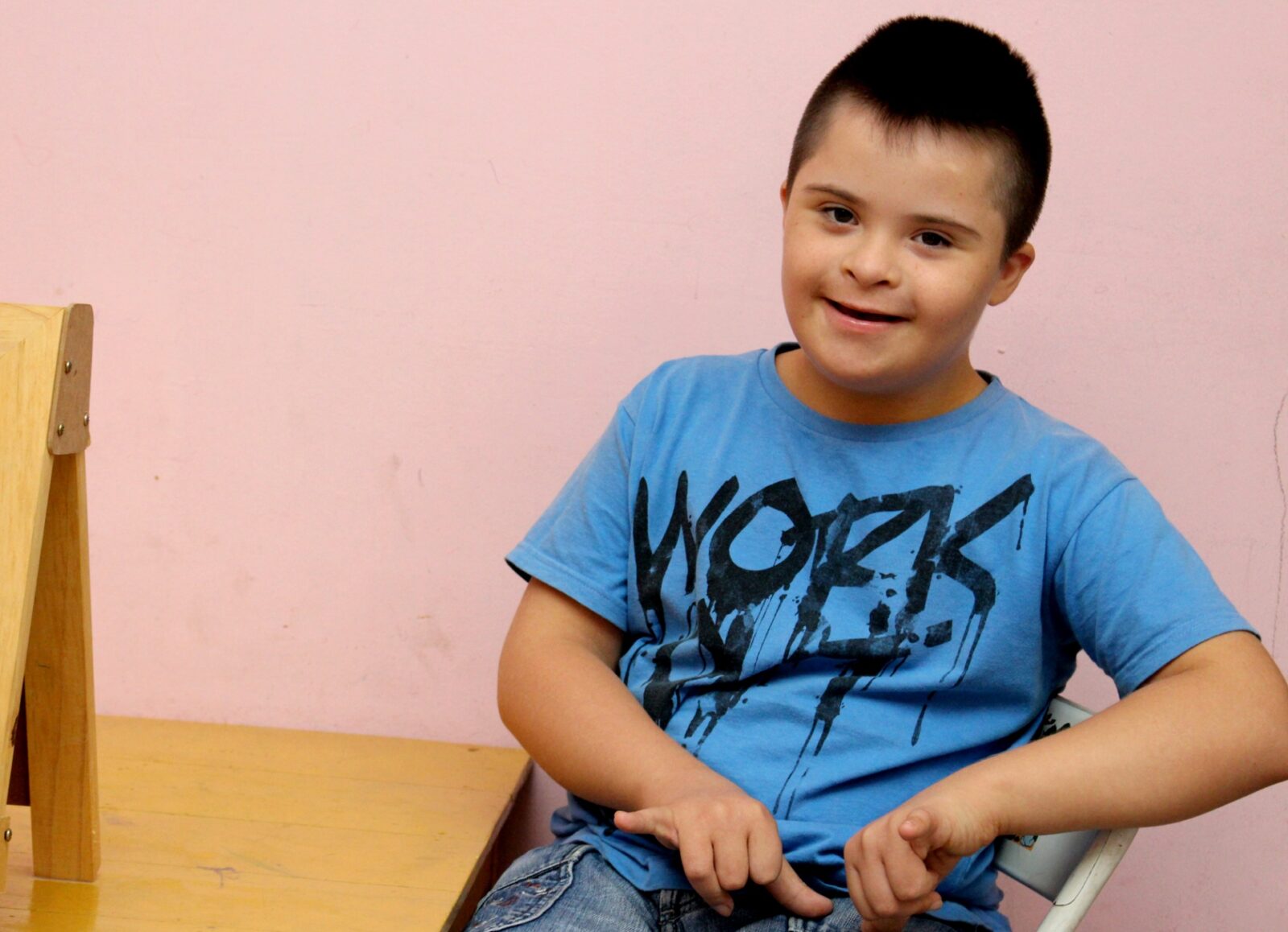Understanding Down Syndrome and How Therapy Can Help

What Is Down Syndrome?
Down syndrome is a genetic condition caused by an extra copy of chromosome 21 (known as trisomy 21). This additional genetic material affects physical growth, cognitive development, and overall health. It is one of the most common chromosomal conditions worldwide, occurring in about 1 in 700 live births.
People with Down syndrome often share certain physical features such as almond-shaped eyes, a flatter facial profile, and low muscle tone. However, the condition affects each individual differently — some may face significant developmental challenges, while others can lead largely independent lives with the right support.
Causes and Risk Factors
- Chromosomal error: Down syndrome occurs due to nondisjunction (improper separation of chromosomes during cell division).
- Maternal age: The risk increases with maternal age, especially in women over 35.
- Family history: Rarely, it can be inherited through a genetic translocation.
It is important to note that nothing parents do during pregnancy causes Down syndrome, and it is not preventable.
Common Characteristics of Down Syndrome
Children and adults with Down syndrome may experience:
- Physical Features: Flat facial profile, upward slanting eyes, small ears, and a single crease across the palm.
- Developmental Delays: Slower achievement of milestones such as walking and talking.
- Intellectual Disability: Ranges from mild to moderate.
- Medical Concerns: Higher risk of heart defects, hearing and vision problems, thyroid conditions, and infections.
- Strengths: Many individuals show strong social skills, empathy, visual learning abilities, and determination.
How Therapists Can Help Children with Down Syndrome
Therapy plays a vital role in supporting children with Down syndrome, helping them develop essential life skills and overcome challenges. A multidisciplinary approach is most effective, involving speech therapists, occupational therapists, physiotherapists, and behavioral specialists.
1. Speech and Language Therapy
- Improves communication skills, including clarity of speech, vocabulary, and grammar.
- Supports non-verbal communication such as gestures and sign language when needed.
- Helps children with Down syndrome learn to express themselves and understand others, reducing frustration.
2. Occupational Therapy
- Focuses on daily living skills such as eating, dressing, writing, and personal hygiene.
- Enhances fine motor skills like grasping, drawing, and cutting.
- Introduces adaptive tools to make tasks easier and foster independence.
3. Physiotherapy (Physical Therapy)
- Improves muscle tone and strength, which are often lower in children with Down syndrome.
- Encourages proper posture, balance, and coordination.
- Supports physical milestones such as sitting, crawling, walking, and running.
4. Behavioral and Educational Support
- Therapists work with educators to create individualized education plans (IEPs) tailored to the child’s abilities.
- Behavioral therapy addresses challenges such as attention, routine-following, and adaptive learning strategies.
- Promotes social skills training, enabling children to make friends and interact confidently.
5. Family and Caregiver Support
- Therapists guide parents on home exercises, communication strategies, and behavior management.
- Provide emotional support and connect families with support groups and resources.
Living with Down Syndrome
With early intervention, therapy, inclusive education, and family support, many individuals with Down syndrome can thrive. They may attend mainstream schools, participate in sports and community activities, and pursue careers. More importantly, they bring warmth, resilience, and unique perspectives to their families and communities.
Conclusion
Down syndrome is not a barrier to living a meaningful and fulfilling life. While it presents challenges, these can be managed effectively with the right medical care, therapy, and support systems. Therapists — whether speech, occupational, or physical — play a central role in helping children with Down syndrome reach their full potential. By focusing on strengths, addressing developmental needs, and providing ongoing guidance, therapists empower individuals with Down syndrome to lead more independent, confident, and enriched lives.
You May Also Like: Occupational Therapy in Uganda














